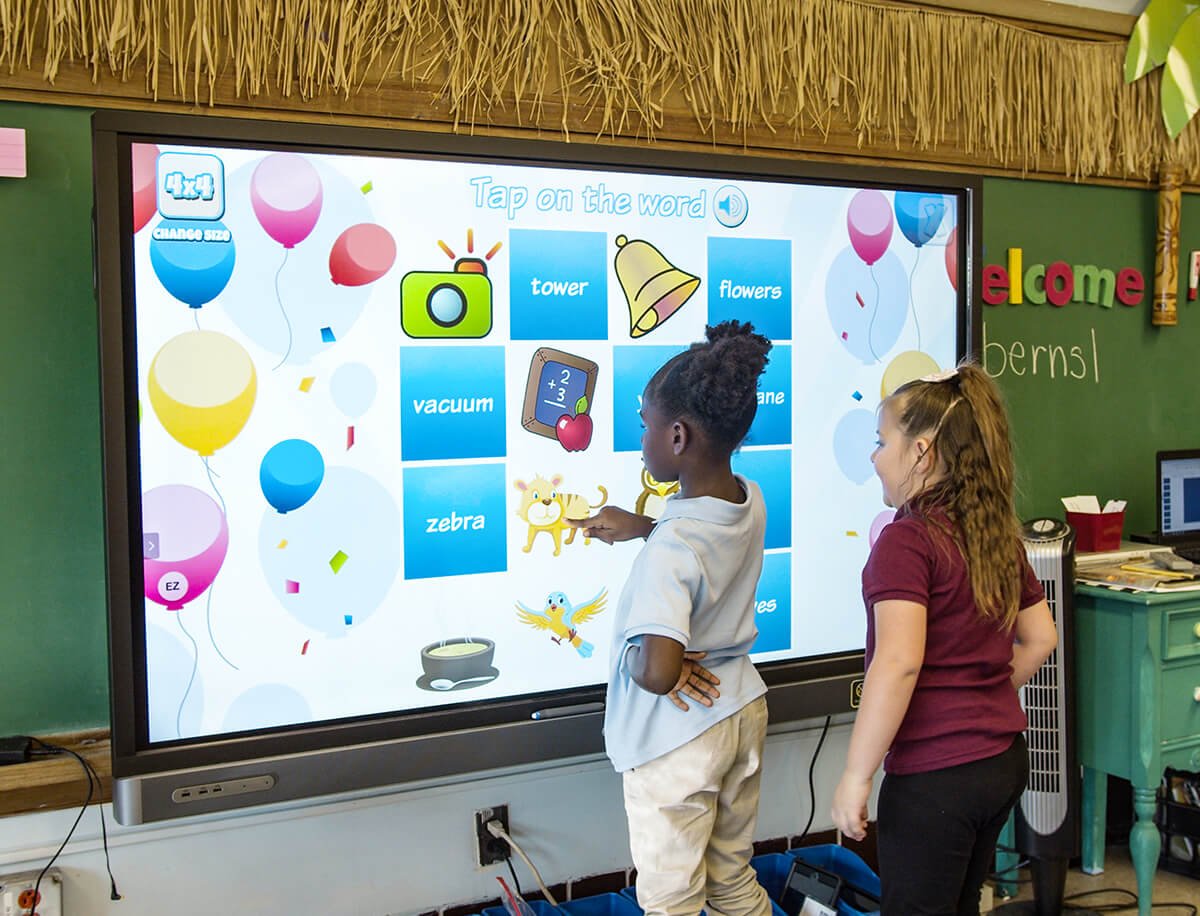The use of games in education has become increasingly popular in recent years, as many educators and researchers have come to realize the many benefits that games can attribute to a student’s learning.

Games can be used to teach a wide range of subjects and skills, from math and science to critical thinking and problem-solving. They can also help to engage students who might otherwise struggle with traditional forms of learning, and they can be used to foster a love of learning in students of all ages.
Here are some reasons why gamified education is a valuable tool that should be made use of to foster a love for learning.
One of the primary benefits of games in education is that they can make learning more engaging and fun. Many students find traditional classroom lectures and textbook assignments to be boring, and they may struggle to stay focused and motivated when learning this way.
Games, on the other hand, can be much more interactive and entertaining, allowing students to engage with the material in a way that is both enjoyable and educational. This increased engagement can lead to better retention of information and a deeper understanding of the subject matter.
Another benefit of games in education is that they can be used to teach a wide range of subjects and skills. For example, educational games can be used to teach math and science concepts, such as ratios and proportions, or the laws of physics.
They can also be used to teach critical thinking and problem-solving skills, as many games require players to think creatively and work together to find solutions to challenges. In addition, games can be used to teach social skills, such as teamwork, cooperation, and communication, as players must often work together to achieve a common goal.
Games can also be used to engage students who might otherwise struggle with traditional forms of learning. For example, students who have difficulty paying attention in a traditional classroom setting may find games to be a more engaging and effective way to learn. In addition, games can be adapted to meet the needs of students with different learning styles and abilities, making them a valuable tool for inclusive education.
 One of the most important benefits of games in education is that they can help foster a love of learning in students of all ages. When students are able to see the connection between what they are learning and the real world, they are more likely to be motivated to continue learning and to explore new subjects on their own.
One of the most important benefits of games in education is that they can help foster a love of learning in students of all ages. When students are able to see the connection between what they are learning and the real world, they are more likely to be motivated to continue learning and to explore new subjects on their own.
Games can help to make this connection by allowing students to apply what they have learned in a fun and interactive way, and by giving them a sense of accomplishment and satisfaction when they successfully complete a challenge.
In an increasingly digital world, students need to be comfortable with technology and to have the skills and knowledge necessary to succeed in the 21st century. Games can help to build these skills by providing students with opportunities to use technology in a meaningful way and by teaching them how to think critically and solve problems in a digital environment.
The value of gamified education helps make learning more engaging and fun and can be used to teach a wide range of subjects and skills. With the newer generation of kids that are constantly exposed to the latest tech or gadgets, the introduction of games in education is sure to help engage students who might otherwise struggle with traditional forms of learning.
–
–











